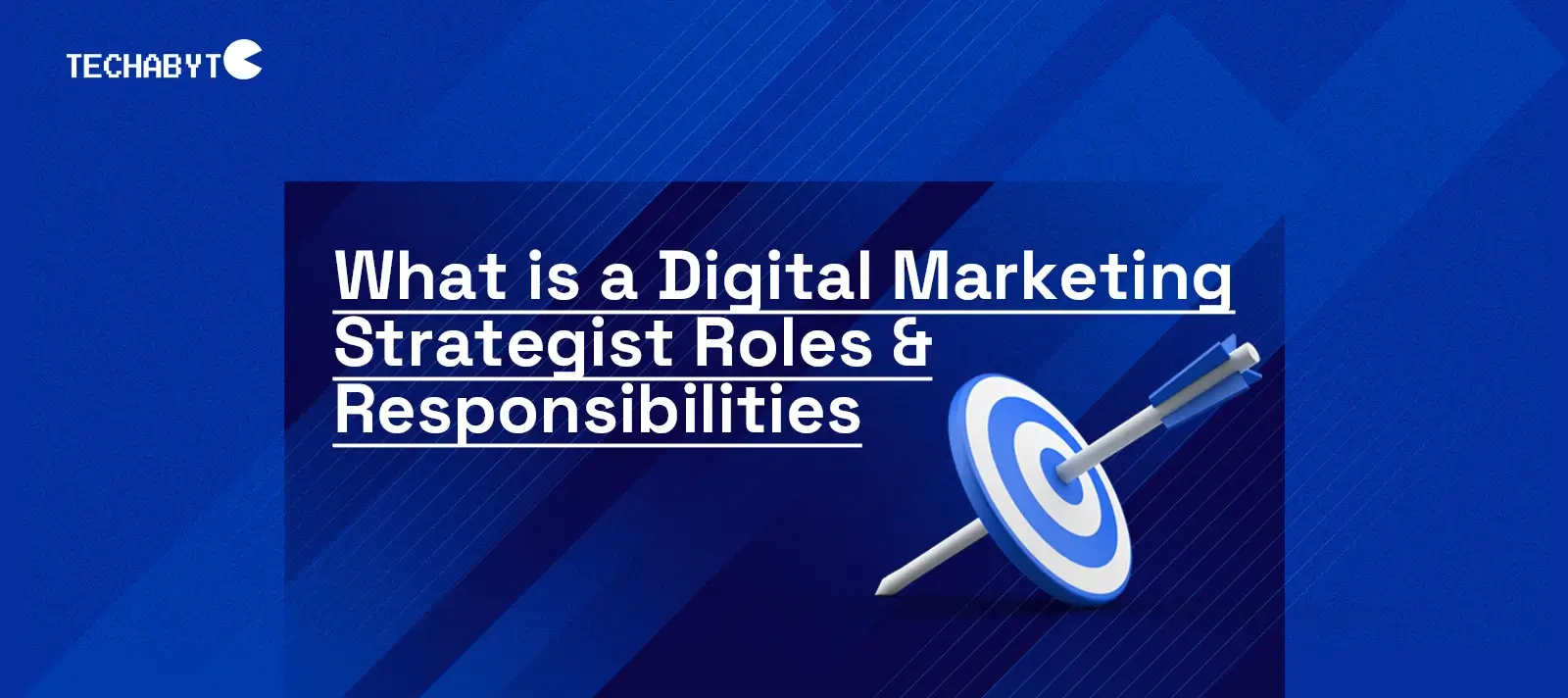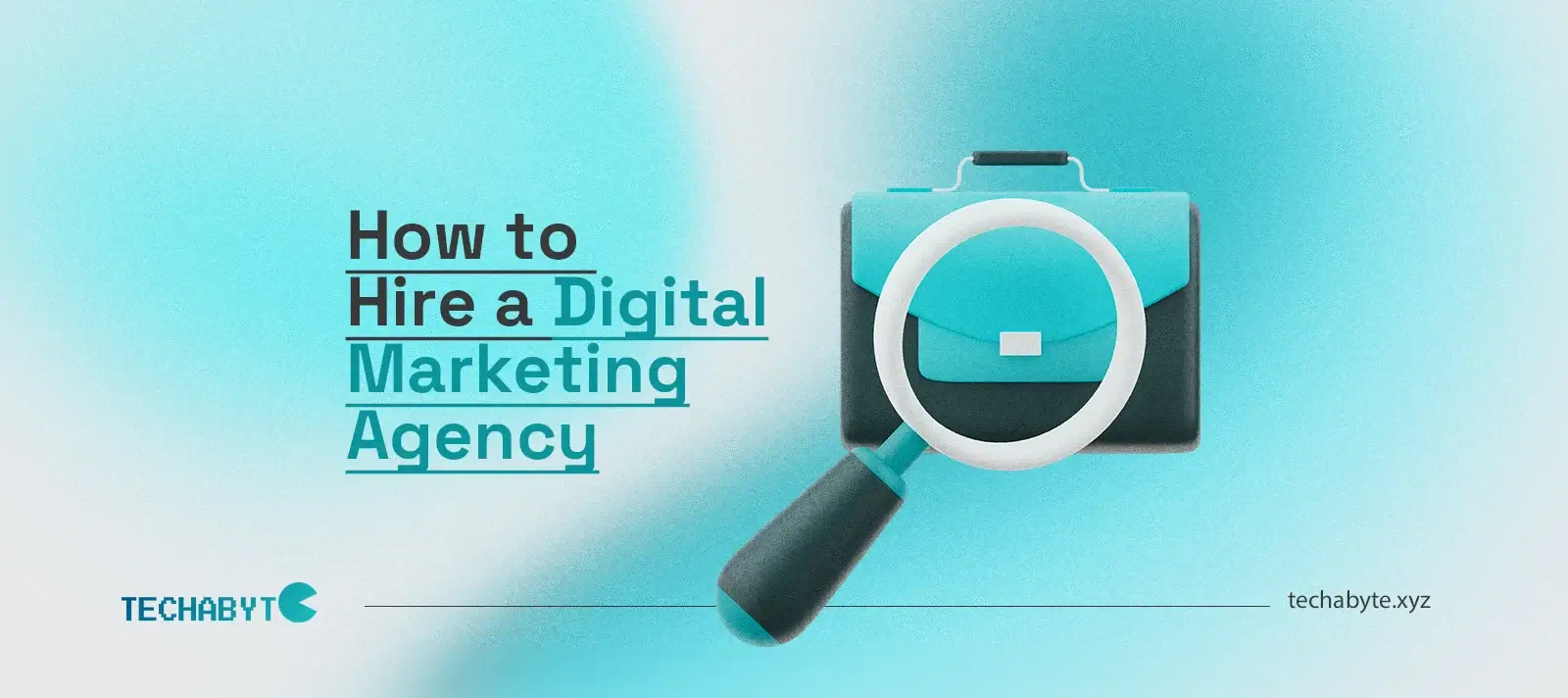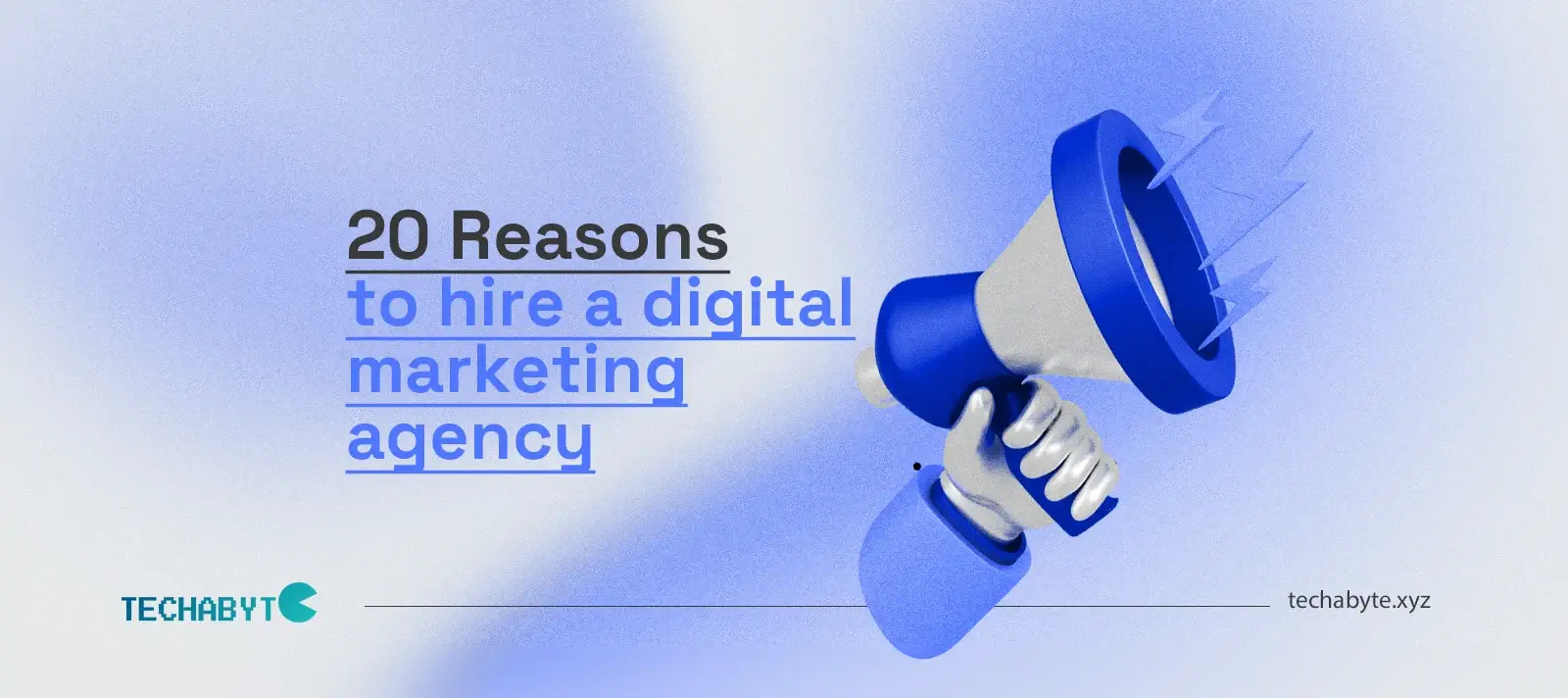Knowing the PPC advertising cost in 2025 is very important for businesses that want to maximize their marketing return on investment. With Google Ads, Meta Ads, LinkedIn, and TikTok—and all other platforms— constantly changing and evolving, knowing how much to budget for these expenses what factors contribute toward costs, and how to turn down wasted ad spend will equate to success. This guide touches on industry benchmarks plus more details regarding platform-specific costs, budgeting strategies, and advanced ways to optimize campaigns. If you are a startup, a growing business or an enterprise keep reading this blog because it will help you plan smarter PPC campaigns that go beyond the test of time.
5 Key Takeaways
- PPC costs in 2025 vary widely depending on industry, geography, and ad platform.
- Google Ads remains dominant, but Microsoft, Meta, LinkedIn, and TikTok provide cost-effective alternatives.
- Small businesses can start with $500–$2,000 monthly, while enterprises often spend $20,000+.
- Optimizing ad quality, landing pages, and targeting reduces wasted spend.
- AI-driven automation and smart bidding will shape the future of PPC 2025.
What Is PPC Advertising and Why It Matters in 2025
PPC stands for Pay-Per-Click advertising. This is a digital marketing model in which an advertiser pays a specific amount for every click made on their ad. Simple as it may sound, it has huge effects. By the year 2025, PPC advertising will be the foundation of business growth due to AI-driven targeting together with real-time personalization and performance tracking that can be measured.
Unlike SEO, which might take a while before ranking organically, the former provides instant visibility. All these things add up to bring qualified leads, measurable ROI, and scalable results if done in a strategic way. Businesses can currently take advantage of competitive intelligence tools such as Google AI, Microsoft Advertising, and SEMrush. The PPC vs SEO debate rages on, yet most companies use both, the former for long-term brand authority and the latter for quick wins.
Key Factors That Influence PPC Costs in 2025
The cost of PPC ads depends on multiple elements, and understanding these variables helps businesses allocate budgets wisely.
Industry and Keyword Competition
Some industries naturally pay higher CPCs because of fierce competition. By 2025, firms in the finance, law, and real estate sectors are paying between $5 and $15 for their CPCs, where e-commerce or retail might only average $2 to $4. From the latest SEMrush CPC Report and Google Keyword Planner, these are your updated CPC benchmarks 2025. Remember that niche keywords can still be relatively affordable if researched correctly.
Geographic Targeting
Location strongly influences PPC cost by location. Typically, ads in the US or UK are more expensive than campaigns in Bangladesh or India because of the buying power and competition in the market. Through Google Ads Geo Targeting and Bing Ads, one can run both local and international campaigns, but they should consider how far their money goes with a wide reach.
Audience and Demographic Targeting
The cost per click increases with narrow targeting of specific demographics — such as age, job title, or income level. For example, the average LinkedIn Ads B2B PPC is higher than running broad B2C PPC campaigns via Meta Ads Manager because the intended audience is smaller and much more specialized.
Ad Quality Score & Relevance
The Google Quality Score PPC system matters. It shows that ads with better CTRs, strong keyword relevance, and good landing pages often enjoy lower CPCs. High Quality Score cuts CPC Google Ads right away and returns the best value.
Seasonality and Timing
Campaigns run during shopping sprees — in Black Friday, Christmas, or Ramadan — will definitely face price hikes. Therefore, firms should consider the seasonal adjustments in the cost for PPC and also make adjustments using Google Ads Seasonality Adjustments to remain competitive without spending extra bucks.
PPC Cost Breakdown by Platform (Latest 2025 Data)
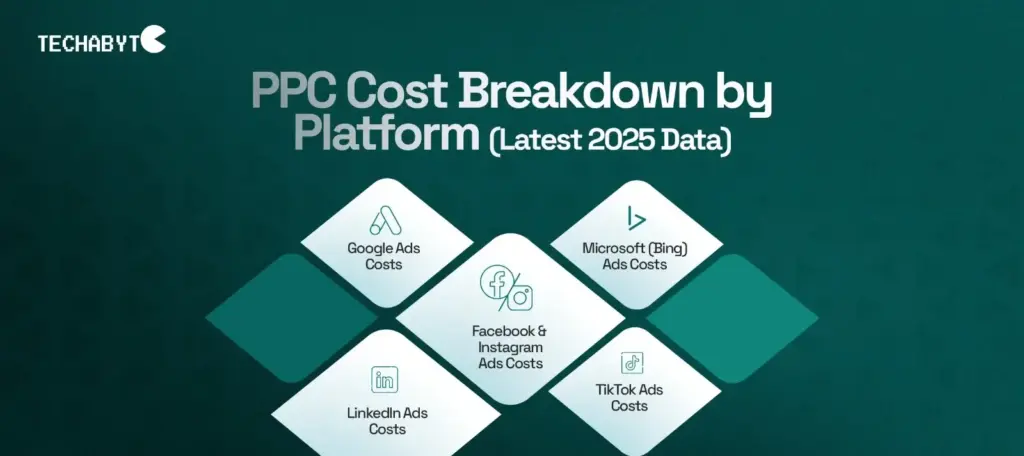
Different platforms have different pricing structures, and the PPC advertising cost you face in 2025 will vary depending on your chosen channel.
Google Ads Costs
Google stays up as the widest PPC platform. The Google Ads CPC 2025 marks show search ads at $2–$6, while display ads stay lower at about $1–$2. YouTube ads driven by GA4 smarts come in at $0.10–$0.30 per view making them just right for brand awareness.
Microsoft (Bing) Ads Costs
Bing Ads, now Microsoft Advertising, typically run 20–30% cheaper than Google. In specific sectors — most notably B2B — the Bing Ads cost 2025 benchmarks place it as a very viable alternative, with CPCs coming in between $1–$3 on average.
Facebook & Instagram Ads Costs
Meta still owns the lion’s share of social PPC. In 2025, Facebook Ads Cost 2025 runs from $0.50 to $3 per click—and so much higher on Instagram because those pretty pictures go for a premium. Big bonus: advanced targeting abilities through Meta Ads Manager.
LinkedIn Ads Costs
In matters of professional targeting, LinkedIn Ads cost more but the expenditure is justifiable. The average CPCs in 2025 are going to be between $5 and $8, with CPM rates to go above $10-$20. For B2B PPC cost justification, LinkedIn stands unmatched.
TikTok Ads Costs
Growth of TikTok among Gen Z and e-commerce businesses has been phenomenal. The average cost for running TikTok ads is relatively low at about $1 per click or $10 CPM. For brands that want to reach out to a younger audience, the TikTok PPC pricing allows both reach and engagement.
How to Budget for PPC Campaigns (Step-by-Step)
Budgeting is one of the most important parts of running ads. The right PPC budget 2025 ensures sustainability and measurable ROI.
Small Business vs Enterprise Budgets
Startups usually initiate between $500–$2,000 monthly in market testing. A small business might fall in the range of $3,000–$10,000; most enterprises are well above $20,000 per month. “You should always keep your spend aligned with growth goals at the forefront to maintain sustainability,” added HubSpot paraphrased from a report by SEMrush regarding enterprise PPC spend planning.
CPC vs CPA (Cost Per Acquisition)
CPC is about clicks; CPA is about actual customer acquisition. They should be calculated by businesses. For instance, if your cost per click is $3 and it takes 50 clicks to make one conversion, your CPA comes out at $150. This differentiation helps with the PPC ROI metrics in Google Analytics 4.
Monthly & Annual Budget Planning
Such tools, like the Google Ads Budget Planner, help businesses forecast their campaigns, keep track of efficiency, and make adjustments for any season. A planned PPC cost will ensure that you are not underspending or overspending.
How to Reduce PPC Advertising Costs in 2025
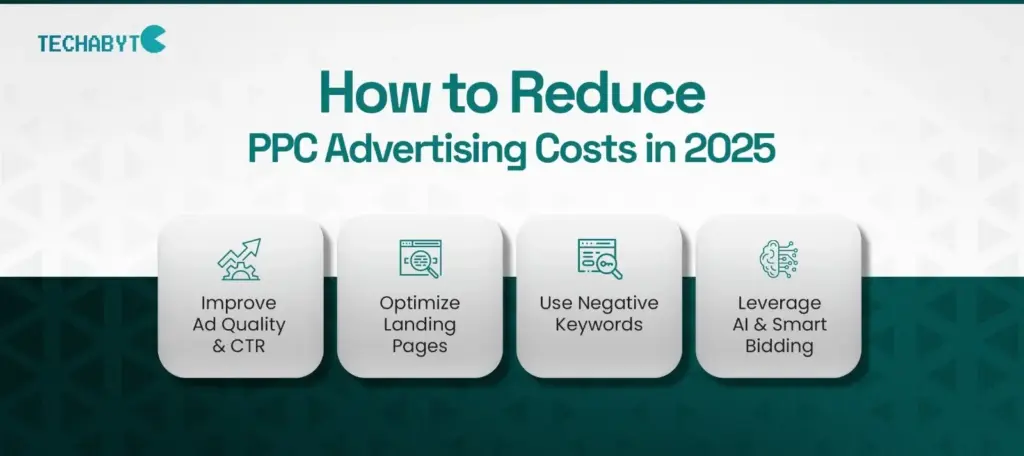
Even though the PPC advertising cost can be high, businesses can reduce waste with optimization strategies.
Improve Ad Quality & CTR
Powerful ad copy, emotional triggers, and testing several variations of the ads will dramatically boost CTR. With the use of Google Ads Responsive Search Ads, one can continually optimize for better and better results.
Optimize Landing Pages
Great landing pages convert well and reduce wasted spend. PPC landing page optimization includes site speed, mobile-first design, and clear CTAs. Unbounce and Instapage are still go-to choices.
Use Negative Keywords
Adding negative keywords pay-per-click such as “free” or “jobs” will ensure that for any irrelevant search, the ad does not pop up. This directly lowers wasted ad spend and makes the campaign more efficient.
Leverage AI & Smart Bidding
Artificial Intelligence is revolutionizing campaigns. Under Smart Bidding PPC, with Google Smart Bidding, ChatGPT, and DeepSeek amongst tools available to assist in optimizing targeting, writing better ad copy plus making adjustments to bids- all in real time. This AI PPC optimization will lower costs yet enhances ROI.
PPC ROI — Is It Worth the Investment?
In the end, firms would like to know if PPC works. With the right tracking in GA4 and calculators such as the HubSpot ROI Calculator, return on investment can be seen clearly. For instance, use $1,000 and make $5,000 sales yield a 5X ROAS. Compared to old ads, PPC ROI 2025 gives more measurable returns plus scale.
Advanced PPC Strategies for 2025 and Beyond
Voice search and visual search! Exciting developments indeed; even predictive campaigns driven by AI for future businesses, and one can never forget to mention Perplexity AI, Grok, and Copilot-the automation tools for PPC that are driving optimization ‘on a real-time basis for advertisers so they can run better-performing campaigns. The future of PPC 2025: personalization; integration of AI; cross-platform retargeting: even more streamlined campaigns.
Frequently Asked Questions (FAQ) About PPC Advertising in 2025
1. Is PPC still effective in 2025 with AI and automation?
Yes, PPC is more effective than ever in 2025. AI and automation have actually radically transformed the way campaigns are managed by improving targeting, ad copy, and bid strategies. With tools like Google Smart Bidding, ChatGPT-powered ad generation, and predictive analytics introduced to the market that reduces wasted ad spend while improving ROI. Even though the cost of PPC advertising keeps rising, with the right optimization and AI working in tandem, it will still return a profit.
2. Which industries benefit the most from PPC in 2025?
Industries with high competition include financial, real estate, health, SaaS, and e-commerce. This is where the biggest benefits from PPC will be reaped in 2025. Use LinkedIn Ads for B2B; Google Shopping and TikTok work great for e-commerce brands. Since PPC delivers instant visibility, businesses from such high lead-value industries can easily justify high CPCs to gain strong returns.
3. What are the latest PPC advertising trends businesses should know in 2025?
The major trends are AI-driven predictive campaigns, voice & visual search ads, cross-platform retargeting, and hyper-personalized ad experiences. Though automation tools standard plus privacy-first targeting due to regulations reshape how audiences are reached, businesses that adapt to these PPC advertising cost 2025 trends stay competitive while maximizing ROI.
4. How does AI change the way PPC campaigns are managed?
AI makes campaign management easy with automated bidding, optimized ad copy, and predictive audience insights. Marketers do not have to tweak each parameter manually; rather, they depend on intelligent algorithms to optimize the campaign in real time. This goes a long way toward reducing human error and also making sure that a business gets the best value that it can out of its PPC budget.
5. Is PPC better for short-term campaigns or long-term growth in 2025?
PPC works well for both. It drives immediate traffic, therefore, works well for something that is as short-term as a product launch or seasonal sales. More scaling on campaigns, remarketing funnels creation, and continuous ROI optimization is to be done for long-term growth. The secret is in merging SEO with PPC; the immediate visibility comes from PPC, and sustainability will come from organic growth, that is, SEO.
6. How do PPC campaigns integrate with SEO in 2025?
Pay-per-click and search engine optimization always work best in unison. SEO will organically build authority over the long term; however, PPC gives immediate visibility for high-intent keywords. Some businesses use PPC to test which keywords convert and then invest in SEO for those terms that have proven their conversion capability. With artificial intelligence driving analytics, combining these fields under the umbrella of marketing budgets for 2025 accurately invests the budget where it works best.
7. Do small businesses still stand a chance in PPC against big brands?
This does not mean that they cannot win against the bigwigs: niche targeting, long-tail keywords, and local campaigns can be focused on. If smart bidding strategies and AI tools are used, the ROI can be substantial even with limited budgets. While broad keywords may often be dominated by larger players, it is here that smaller businesses, with refined targeting, and great ads, can achieve some form of competitive edge.
8. How does privacy regulation affect PPC advertising in 2025?
Privacy laws such as the GDPR, CCPA, and new global regulations in 2025 restrict how much third-party data advertisers can use. This changes audience targeting and retargeting strategies. Even though other platforms continue to enable it, Google and Meta have started moving toward privacy-first solutions; for example, consent-based tracking and aggregated audience insights. Companies should change their PPC strategy so that it stays compliant and still works well.
9. What’s the role of retargeting in PPC campaigns in 2025?
Retargeting will be among the strongest strategies in 2025. It gives a business an opportunity to interact with users who have already engaged with their brand but did not convert. With changes in privacy, retargeting is now based on first-party data and cross-platform integration. If properly implemented, retargeting will unearth the maximum benefits of ROI while keeping the cost of PPC ads more efficient.
10. How can businesses future-proof their PPC strategy beyond 2025?
Adopt AI-driven automation, and do it across platforms (Google, Bing, Meta, TikTok, LinkedIn), with a first-party data strategy. Quality Score, landing pages, and audience relevance are where sustainable results live. Combine PPC with SEO to get in front of emerging ad formats like voice and visual search for long-term growth.
Conclusion
PPC advertising costs depend on several factors, such as industry competition, location, audience, and platform. With proper planning and configuration, businesses can maximize their PPC strategy making it work by driving a great ROI. If allowed to start small and test campaigns up to scaling with AI-driven optimization then sustainable PPC for business growth in the years ahead will be attained. Google Ads, Bing Ads, and Meta Ads will still be highly prioritized but smart advertisers diversify across channels while relying on AI to drive efficiency. Expert digital marketing services often support businesses to maximize ROI and build lasting growth.


